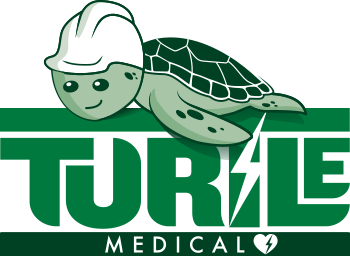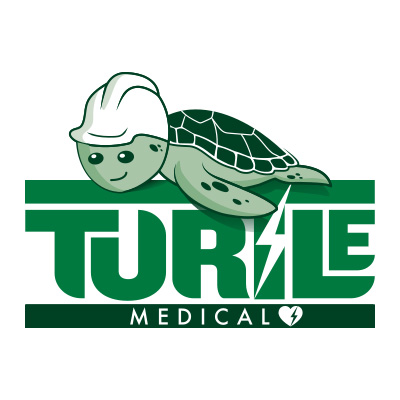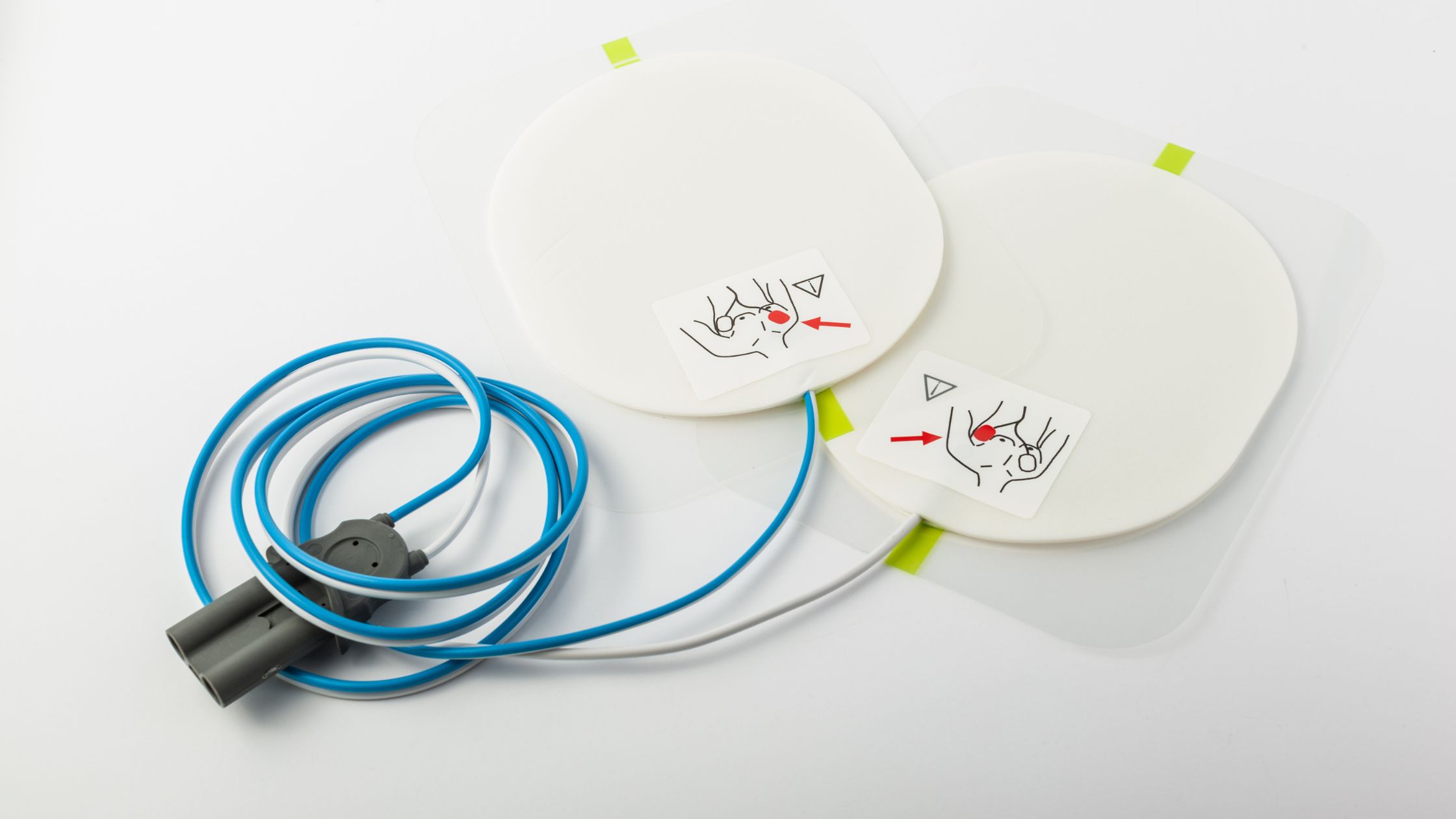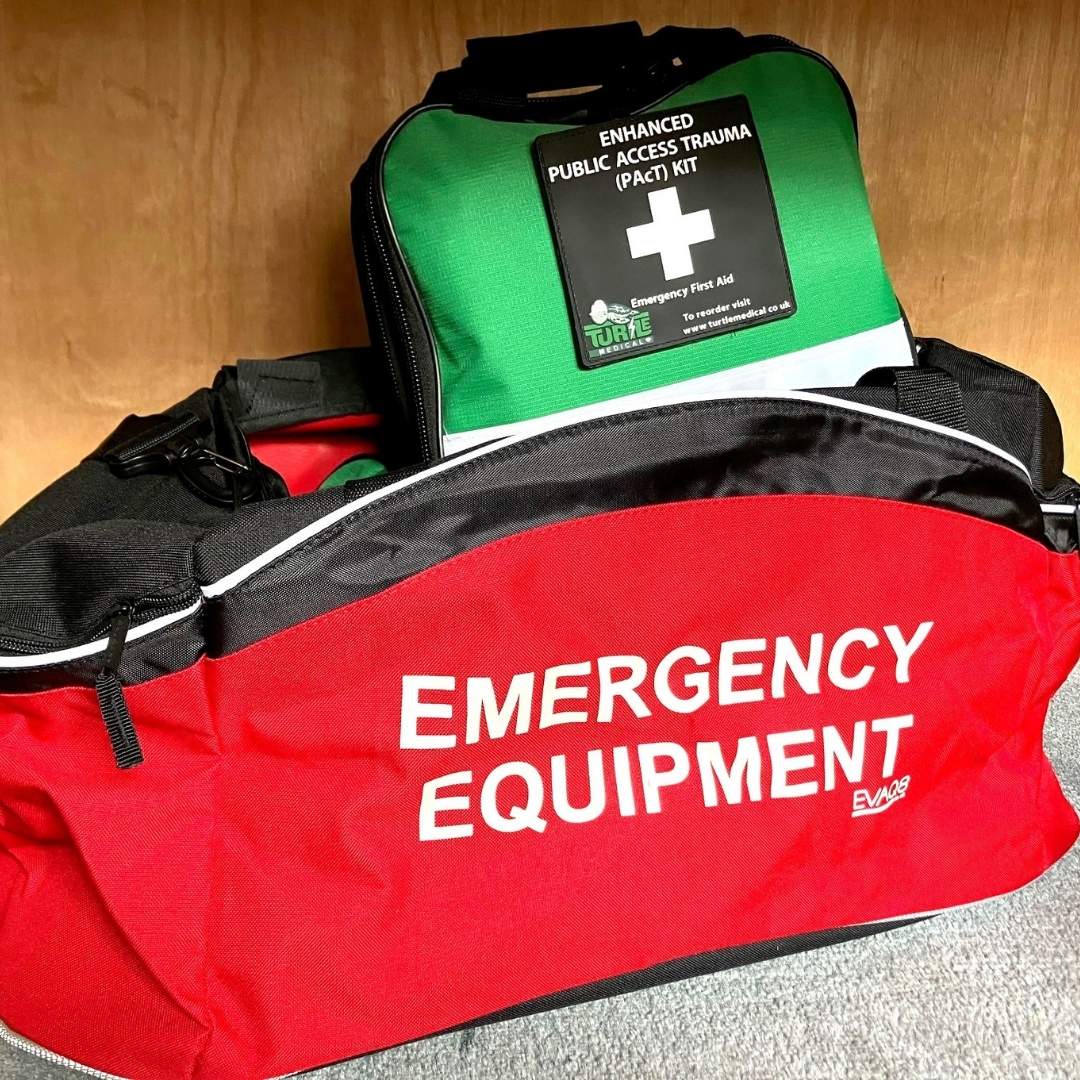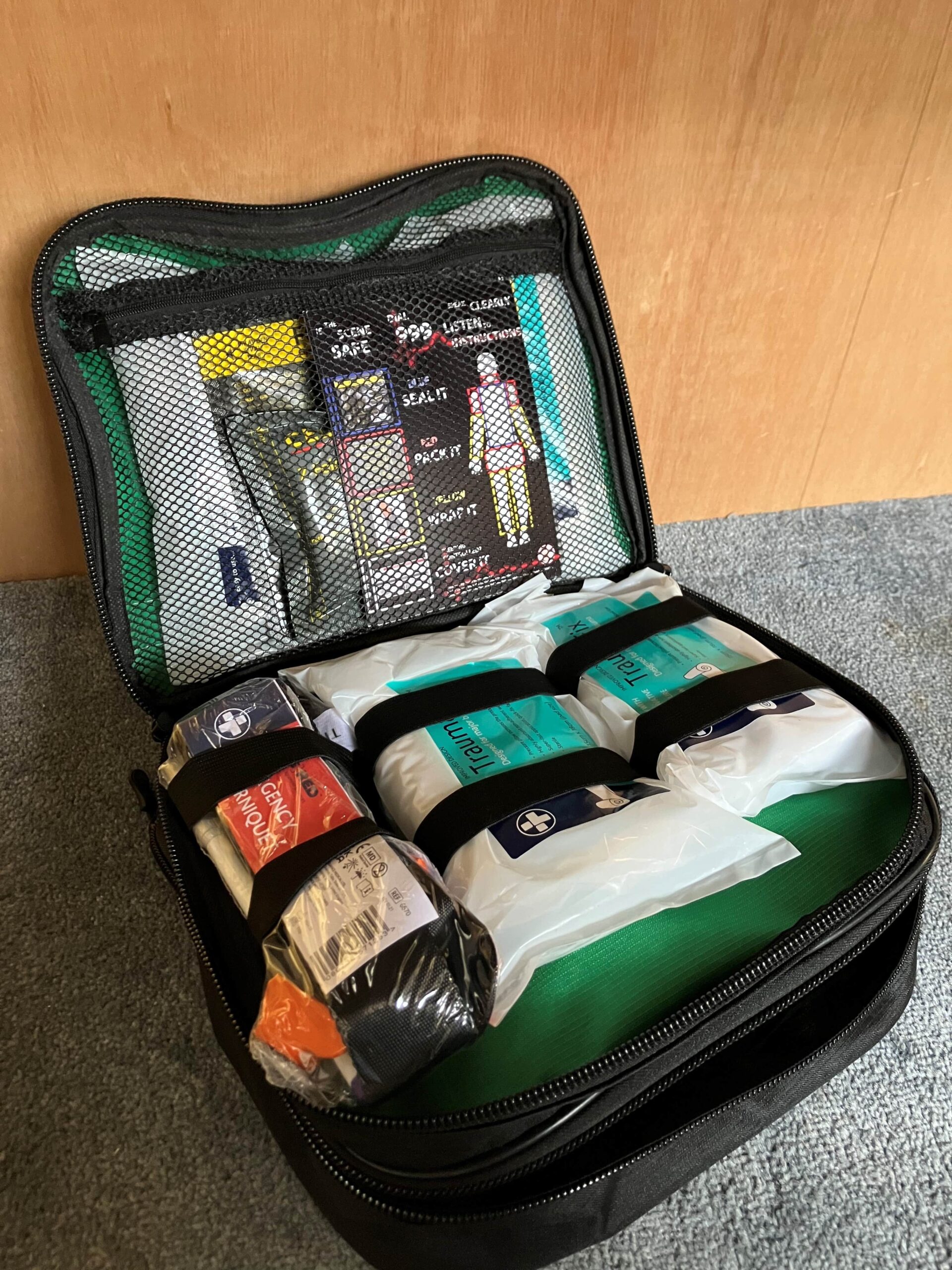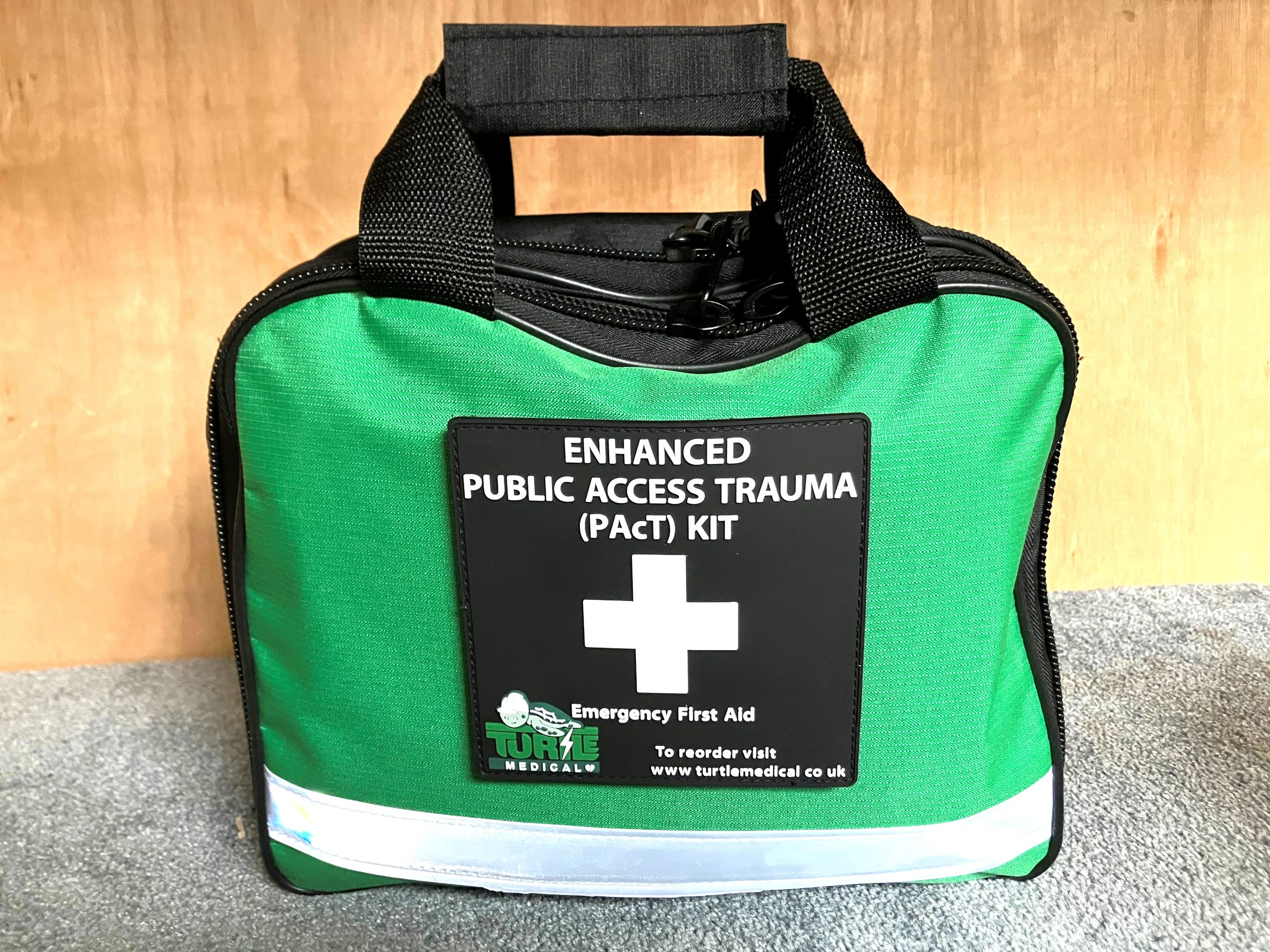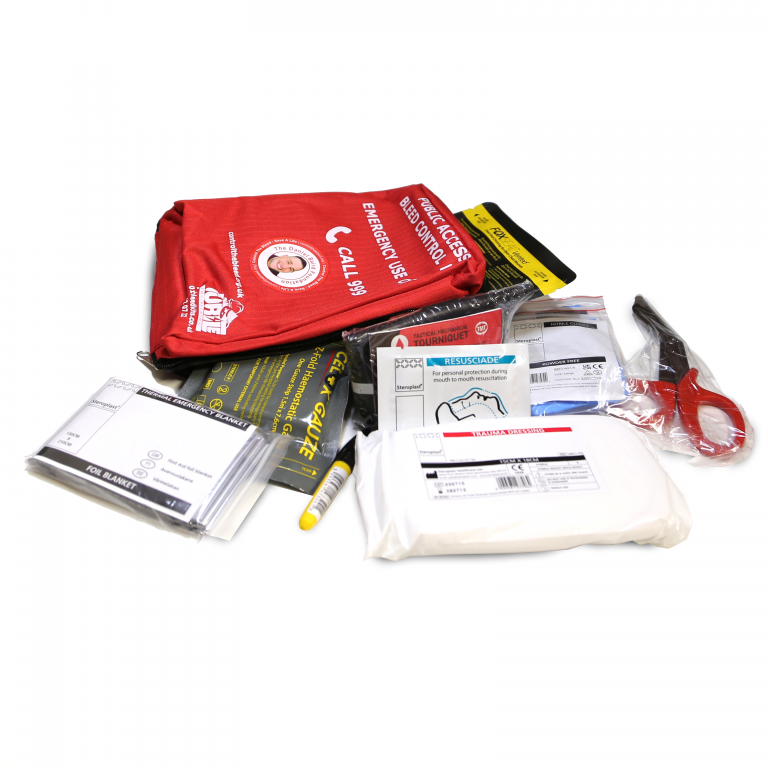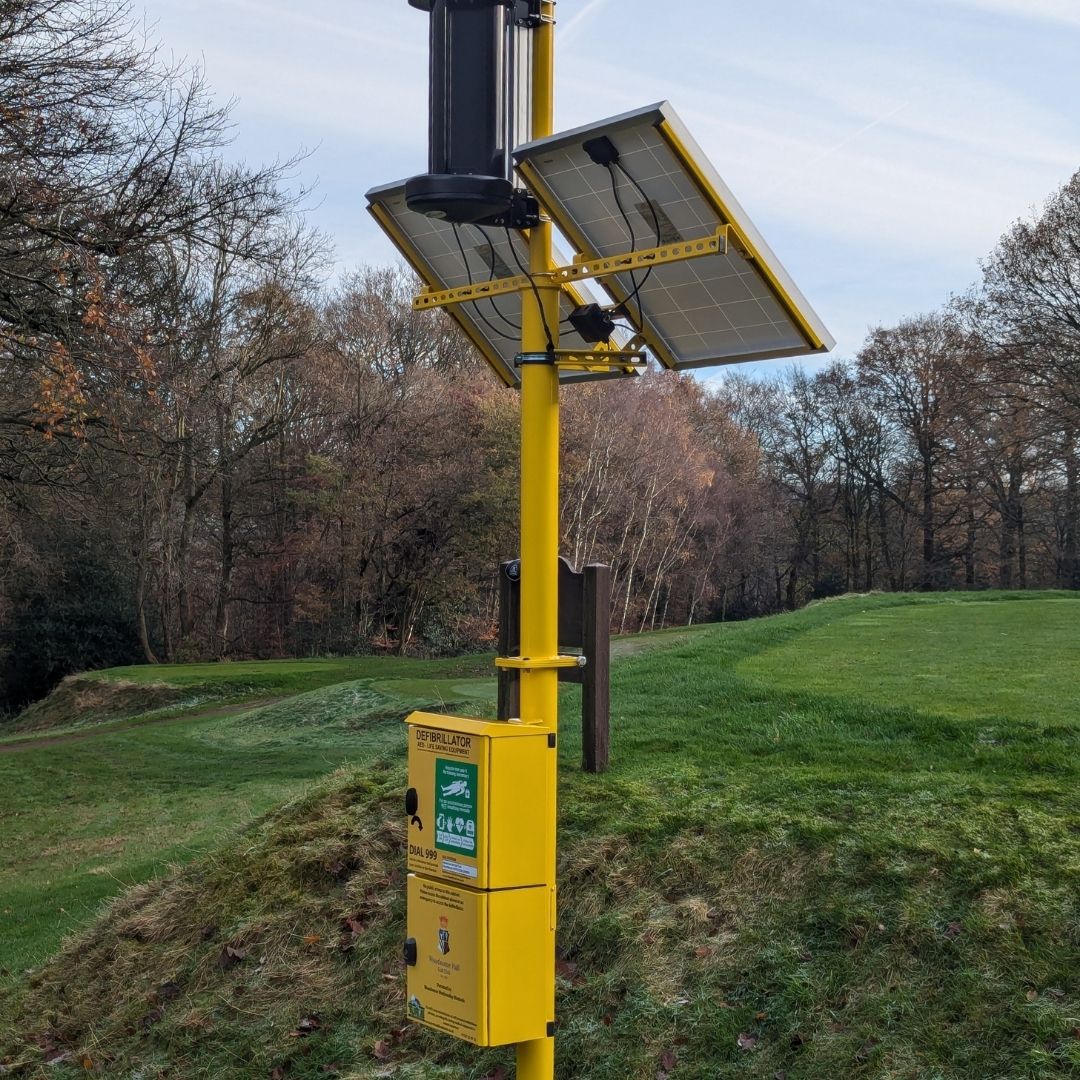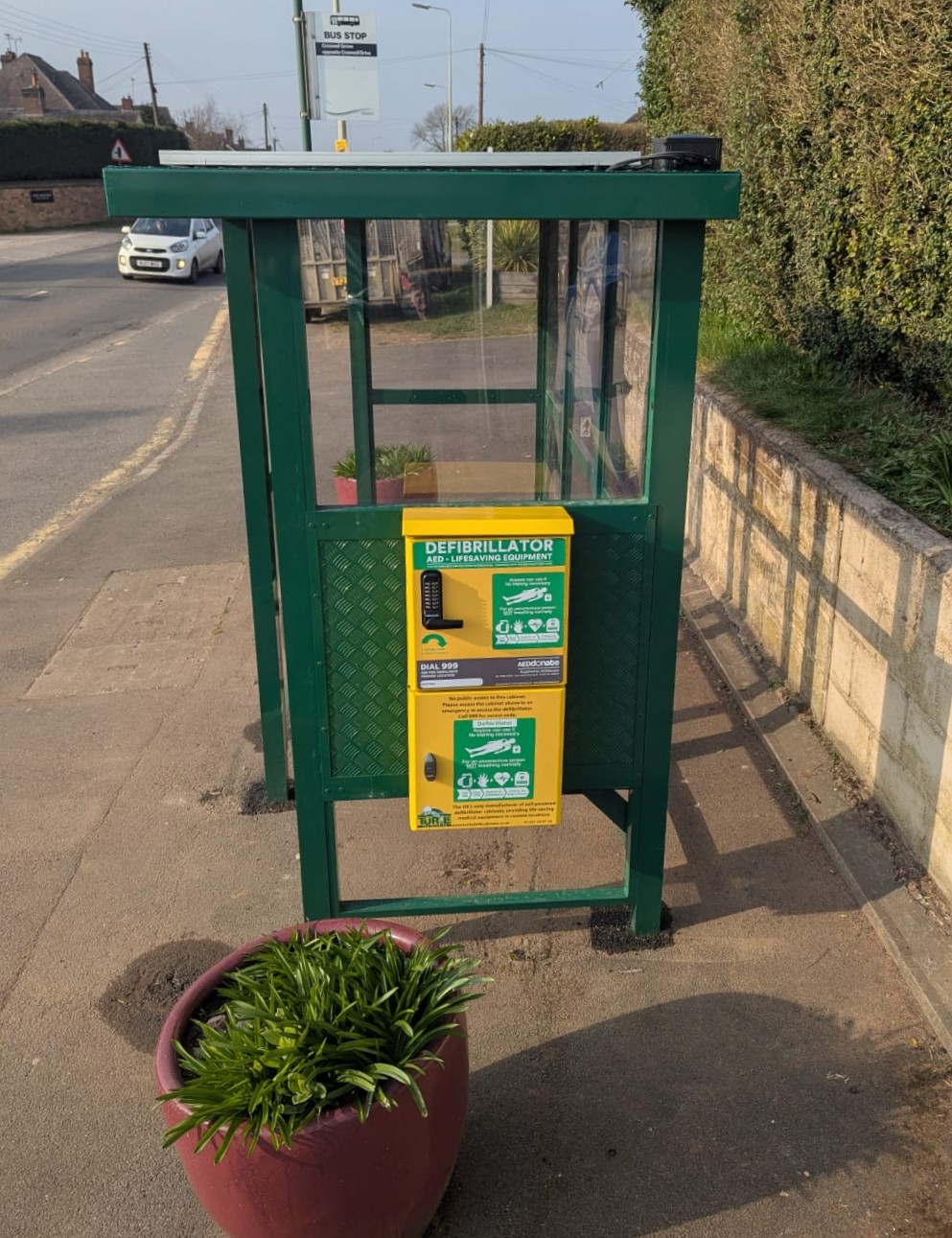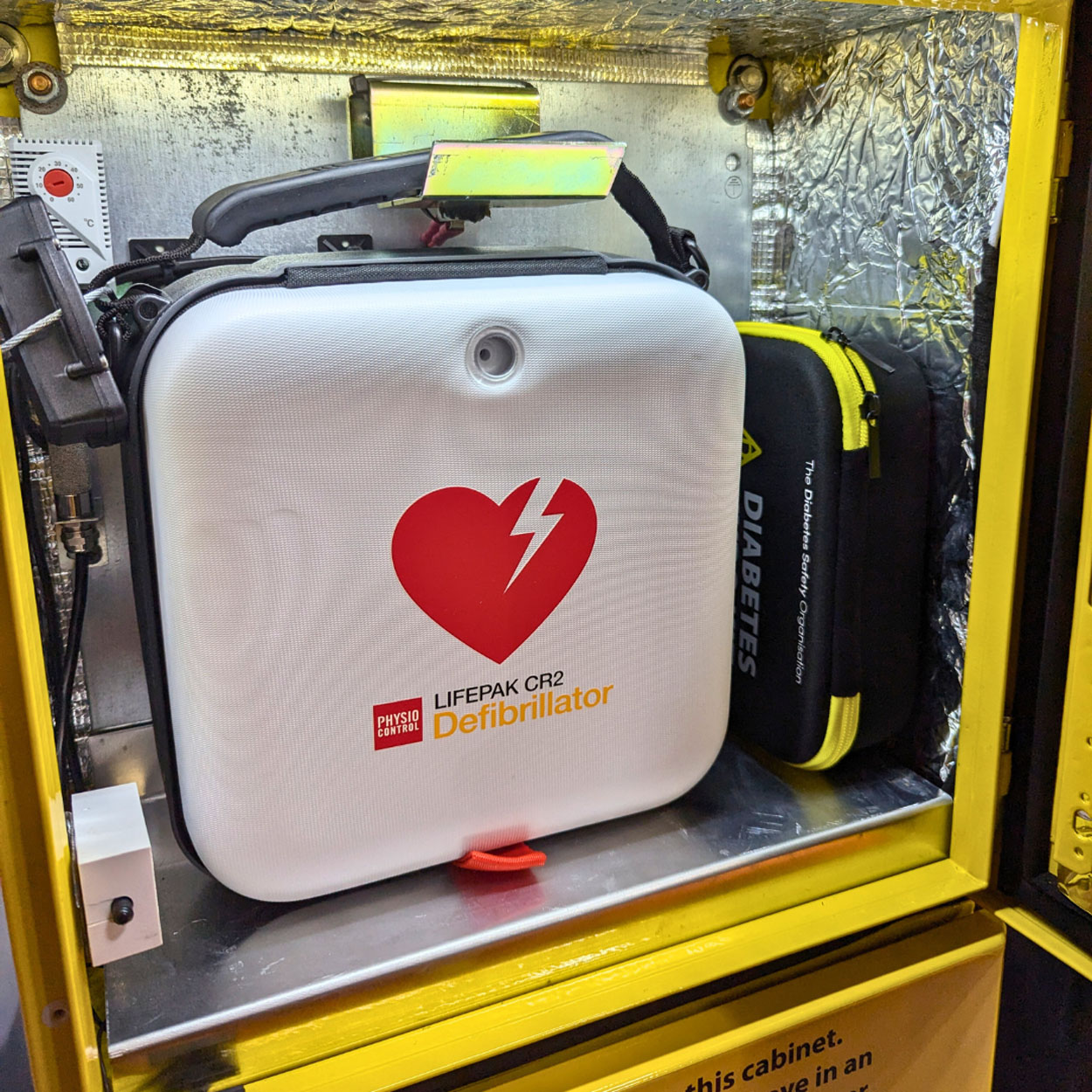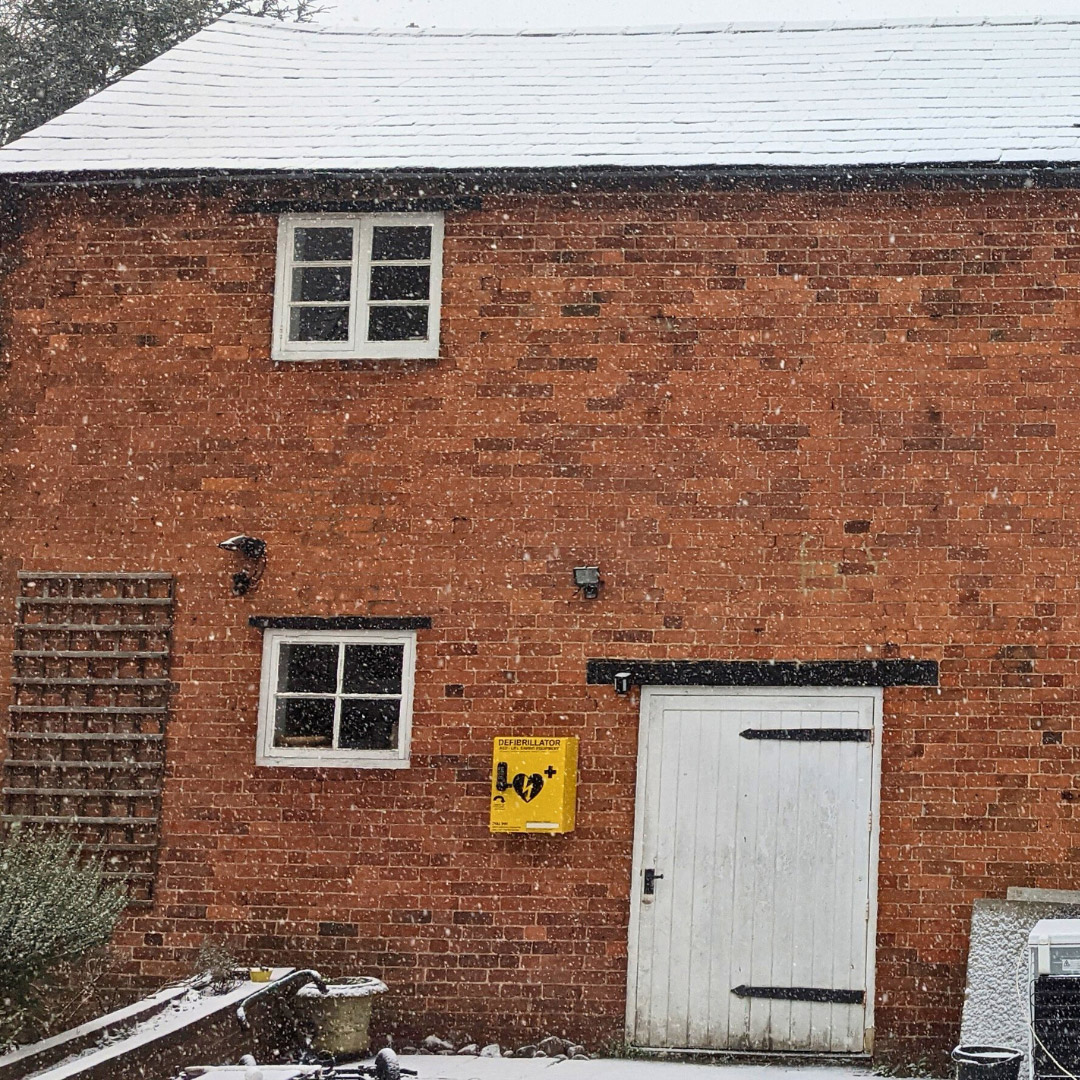There’s something quietly reassuring about seeing a defibrillator in your local high street, school, or village hall. It signals preparedness, that if the worst happens, help is close at hand. [...]
In a cardiac emergency, the quality of CPR can make all the difference, but getting it right under pressure is harder than it seems. In high stress situations panic can [...]
When someone collapses unexpectedly, most people instinctively think “heart attack.” But did you know that cardiac arrest and a heart attack are two very different medical emergencies? While both involve [...]
Martyn’s Law, officially known as the Terrorism (Protection of Premises) Act 2025, is a new law designed to increase security in public spaces. Named in memory of Martyn Hett, one [...]
Both the Daniel Baird Foundation Bleed Control Kit and the PAcT (Public Access Trauma) Kit are designed to provide life-saving first aid in the event of a traumatic injury, particularly [...]
When someone has a cardiac arrest, every second counts. Did you know that for every minute that a victim goes without CPR/AED support their survival chances reduce by 10%? Emergency [...]
When you think of defibrillators, the locations you think of first might be: your local hospital, sports centre, pub or shop. But what about the top of a remote hill? [...]
Fundraising can feel like a daunting task – particularly if you have what you perceive as a large target. However, a lot of defibs and cabinets for communities are obtained [...]
The UK’s first bus shelter defibrillator cabinet, powered by solar panels, has been designed by Turtle Medical and installed in Creswell, a small village northwest of Stafford.
A defibrillator is a life-saving device, but it’s only as good as its condition. In the vital moments of an emergency, a functional defibrillator can quite literally mean the difference between life and death.
When winter rolls around, the holiday cheer can be accompanied by a rise in serious health issues, particularly cardiac arrests. Cold weather doesn’t just make us shiver, it also places more strain on the heart.
Latest NewseV1nCe-casdrf292152025-04-02T09:13:53+01:00
